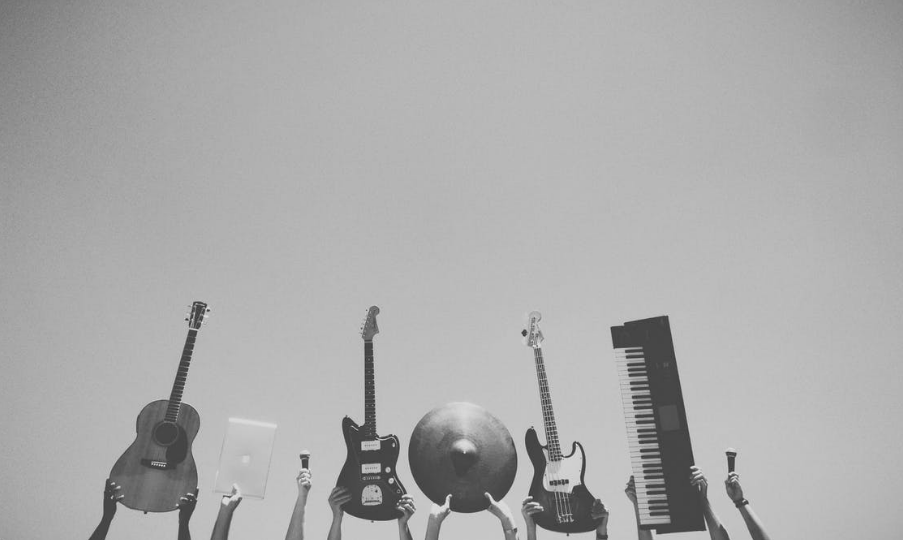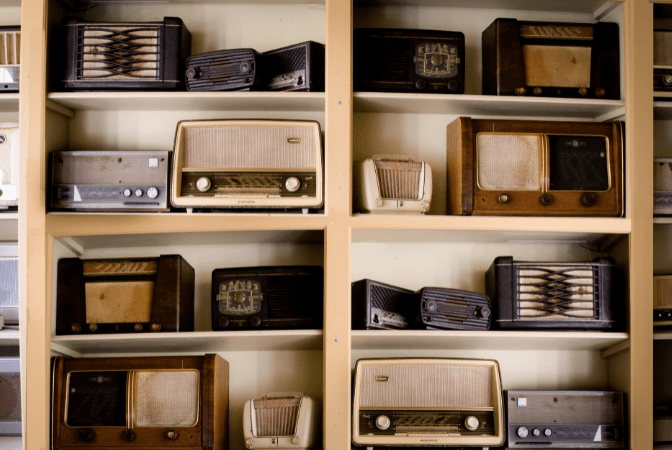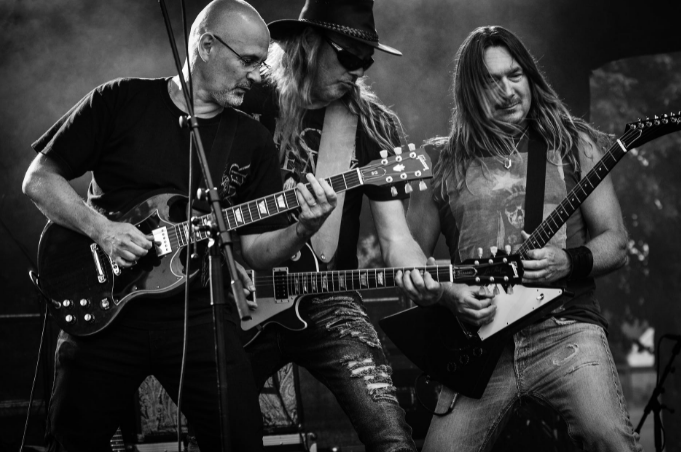Humans have known the art of music for a very long time, which is why music has always been a significant part of almost every culture in human history. Even when humans did not know about music and singing, it was the animals who sang before humans.
The music in every part of the world changed over the years, along with the cultural changes. Music and its evolution also had a great impact on the way we perceive it now.
A Brief History of Music
It wasn’t until the late 19th century that people listened to the very first sounds of music, regardless of the genre. It may sound unbelievable, but the first step towards music was taken by Thomas Edison due to his discoveries in 1877. He discovered how sound could be reproduced with the help of tinfoil wrapped around a rotating metal cylinder. The phonograph became the motivation behind the invention of Berliner’s gramophone.
Flat discs were used in these gramophones, which were cheaper and easier to record than the tinfoil cylinders. This was when the mass production of sound recordings started taking place. The gramophone and recording discs had a significant impact on the music industry of that time, and now the middle class was able to buy the technology that was only available for the elite class earlier. In the 19th century, opera singers were regarded as great artists, and these were the people who recorded most of the music in the US.
During the late 19th century, composers, publishers, and singers emerged in the Tin Pan Alley of New York. The alley was named this because of the sounds of pianos playing from publishers’ demo rooms; all the sounds seemed like someone was pounding a tin pan.
With this development in the music industry, the genres of music also widened to opera and vaudeville (a form of entertainment that consists of short acts with singers, dancers, comedians, and magicians performing for a big audience). The diversity made it easier for the music publishers to sell more songs.
The 1920s – The Time When Radio and Jazz Took Over the Music Industry
In the 1920s, the invention of the radio took over the place records once had in the music industry. For news and other important issues, there were newspapers and books. However, for entertainment, there were no specific means. This is why radio was taken as entertainment that people could enjoy from their homes and offices. The 1920s were the times of prosperity, and people had enough leisure time to kill.
With the advent of advanced technology (radio), the perception of music also changed; different genres, including Jazz, blues, and swing, became more and more popular among people. Almost every genre of this era was influenced by the culture and heritage of a specific area. Among all the genres, Jazz is the most important one to date.
Jazz music originated from Anglo-American, creole, and African influences, in New Orleans, Louisiana. The 1920s is also known as the era of Jazz due to its great popularity. With this immense popularity, Jazz music also became an essential part of radio broadcasts. The most famous jazz artists of the 1920s include Louis Armstrong and Duke Wellington.
The 1940s – The Era of Big Bands, Swing, and Jazz Music
The 1940s was the era of big bands – swing and Jazz. This was a genre that originated from the fusion of bands, Jazz, and swing music. Every band had a leader and four sections. Each section was led by the bandleader and had its own specific musical ensemble. We can say that the Dorsey Brothers and Glenn Miller were the ones to introduce this genre in the music industry. The bands and bandleaders used to perform different arrangements of the same songs (popular songs of the time).
The unfortunate event of World War II also took place during this era. Due to this, artists and music groups were trying hard to help the troops by entertaining them. The genres like Swing, Jazz, and Big Band reflected people’s feelings along with motivating them.
By the end of the 1940s, the music started reflecting the significant cultural and social changes worldwide. At the beginning of the 1950s, a decade arose that had a lot more to offer to the music industry, including Rock’ n’ Roll and legendary artists like Chuck Berry and Elvis Presley.
Music in the 60s and 70s
After the death of three famous musicians, Ritchie Valens, Buddy Holly, and J. P. (the Big Bopper), in a plane crash on 3rd February 1959, the music industry was shocked. This day was named “The day the music died,” and it had such a significant impact that a wholly new chapter opened up for people in the 1960s.
With Rock ‘n’ Roll still in trend, young singers and musicians started getting recognition. The styles were changed to suit the political protests of the decade along with the pure R&B revivals.
Bob Dylan’s “Blowin’ in the Wind” became the new civil rights anthem. Music was changing the social norms. Every song that was sung for the protests became the soundtrack of anti-war marches.
In the 1970s, disco music became the new trend, and several famous singers and musicians molded their songs to adhere to the trends.
Music from the 1980s till Today
During the 1980s, technology had advanced more than ever; after radios, televisions had also become a trend, and music started being broadcasted on TVs. Music television became a reason to motivate young artists and bands to gain as much popularity as possible. One of the famous artists that emerged in this era was “Michael Jackson.” The decade was marked as the decade of Hip-Hop music.
The 1990s was the decade of strong-voiced singers like Celine Dion, Mariah Carey, and Whitney Houston. Both under-produced and studio-produced songs gained almost equal popularity in the 90s.
As soon as the 21st century started, music trends drastically changed, from the production and perception to the appearance of new artists. Several new genres and styles of music were introduced in the early years of the 21st century. However, some past influences from the 1990s stayed the same.
Eminem, who won the first-ever Oscar for a rap song, marked his name in the history of hip-hop rap. Moreover, singers like Britney Spears made their way right to the spotlight. The 21st century is maybe the era with most brand new genres, including Emo, Dance-Pop, Hip-Hop, Contemporary R&B, Boy Bands, Country Pop, Disney Artists, and many more.
Furthermore, people were not bound to be accepted by music publishers to make them famous and be recognized. The Internet (specifically YouTube) made it a lot easier for artists to come out to the public and show off their talent to the world. Studios started recognizing the emerging artists, and many got the opportunity to shine. Fast forward to the music industry today, it has changed completely, and there is no harm in saying that music today is maybe in its best form.
Conclusion
The evolution of music is worth watching – from Phonographs to Spotify, who had imagined technology would take a big part of music’s development over the years? Today, artists have more than enough platforms to show their talent to the world, and the music industry is piling up with more and more talented people every day.
Music is an emotion that humans discovered for their own entertainment and peace. And there is no lie in saying that human emotions actually play along with the music they listen to.





